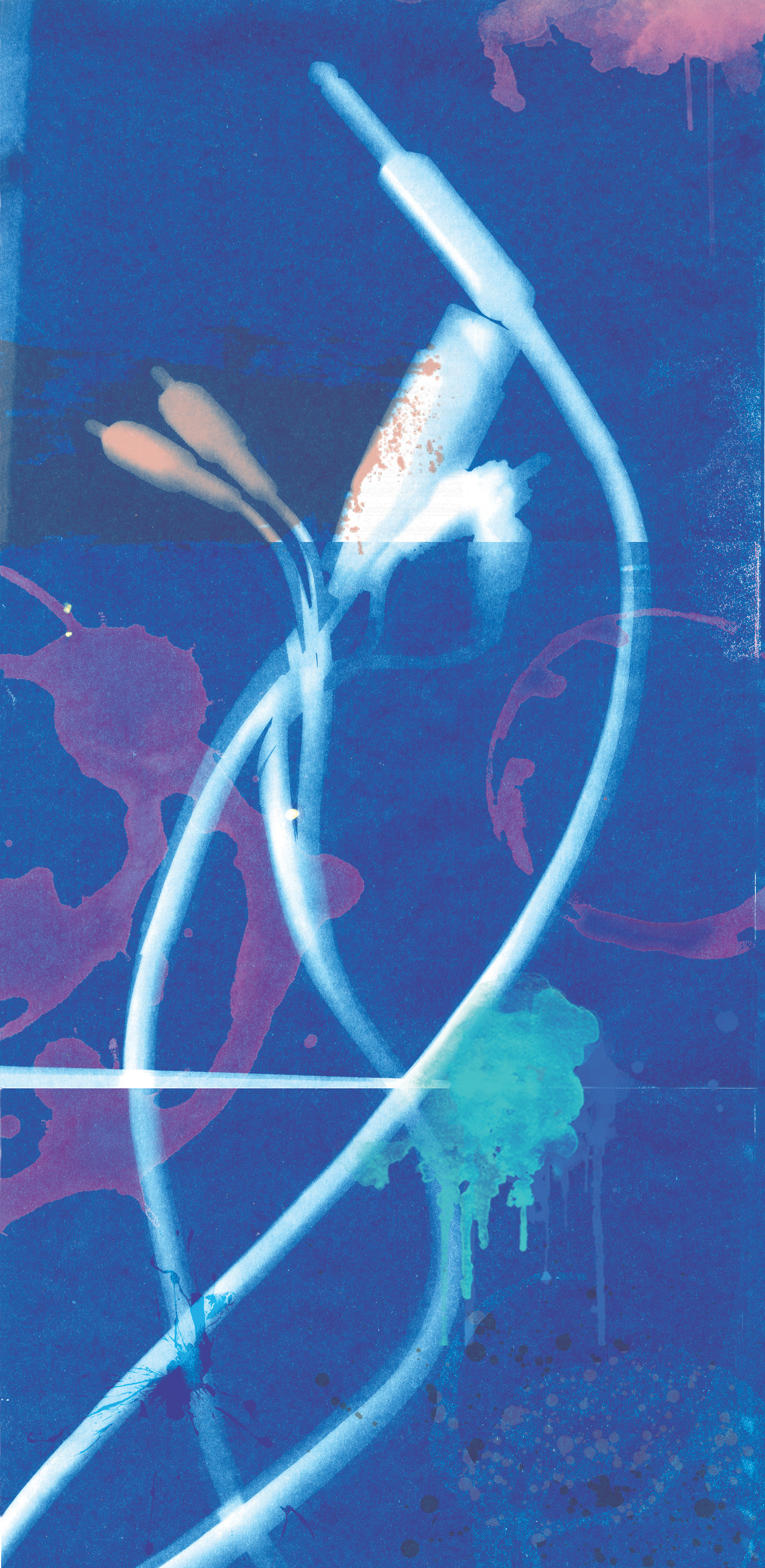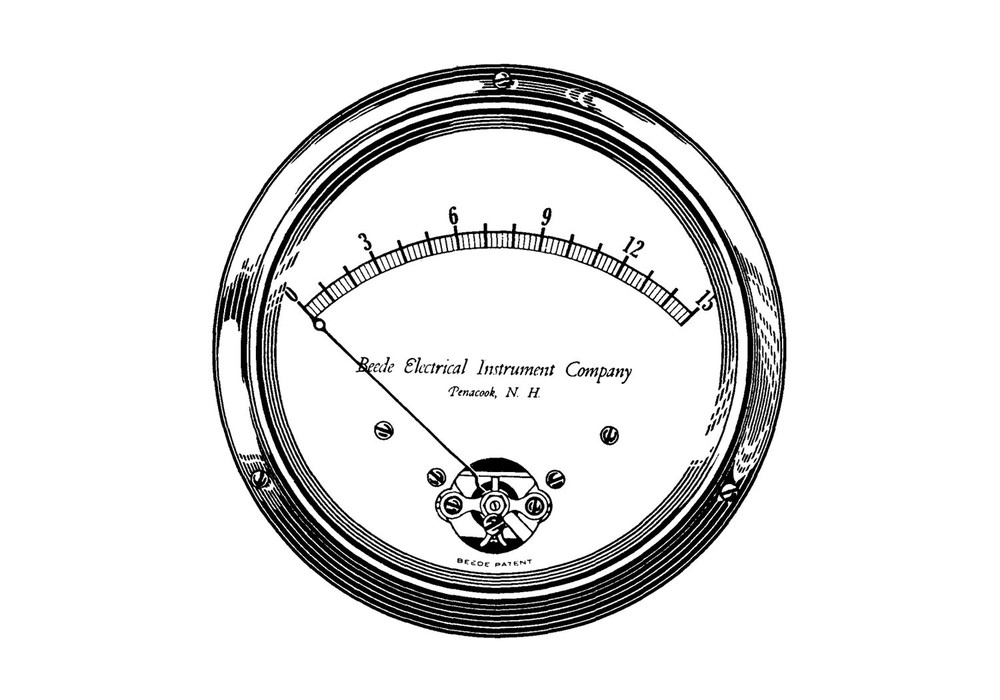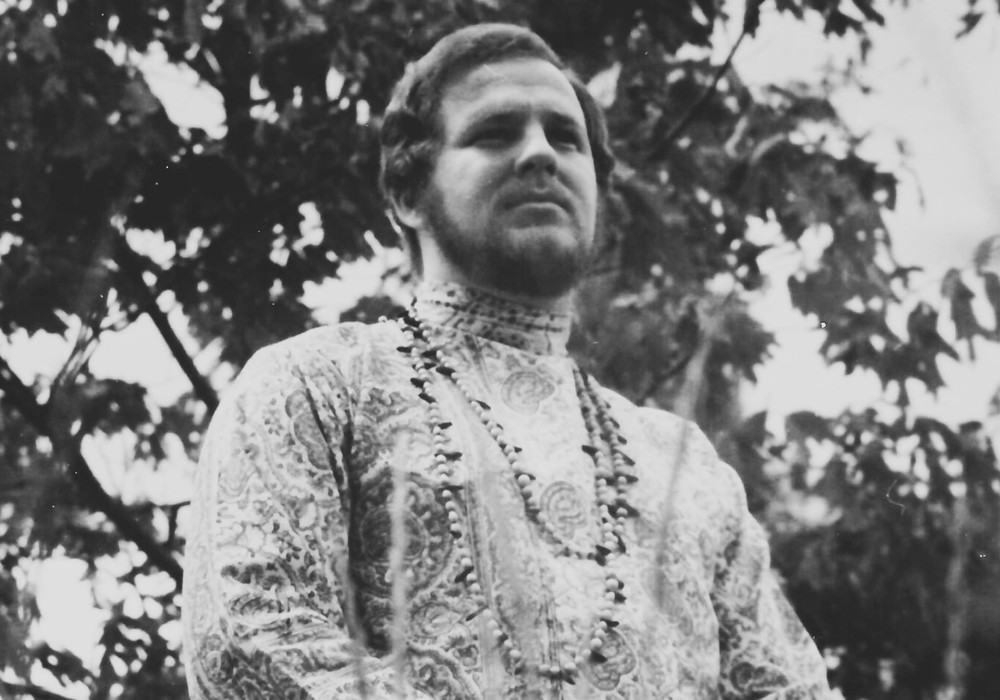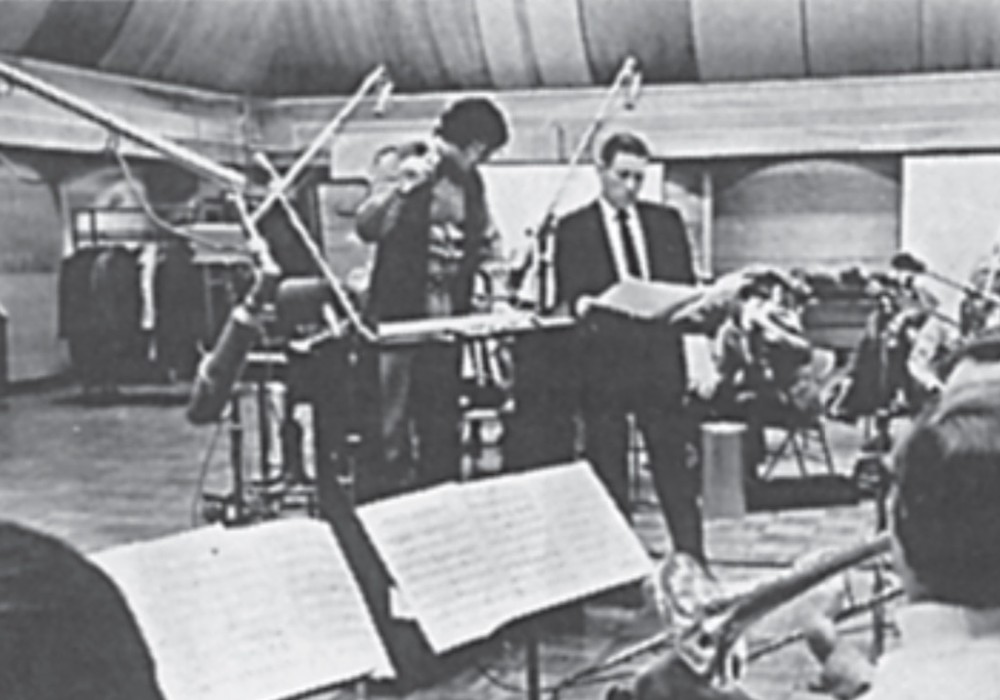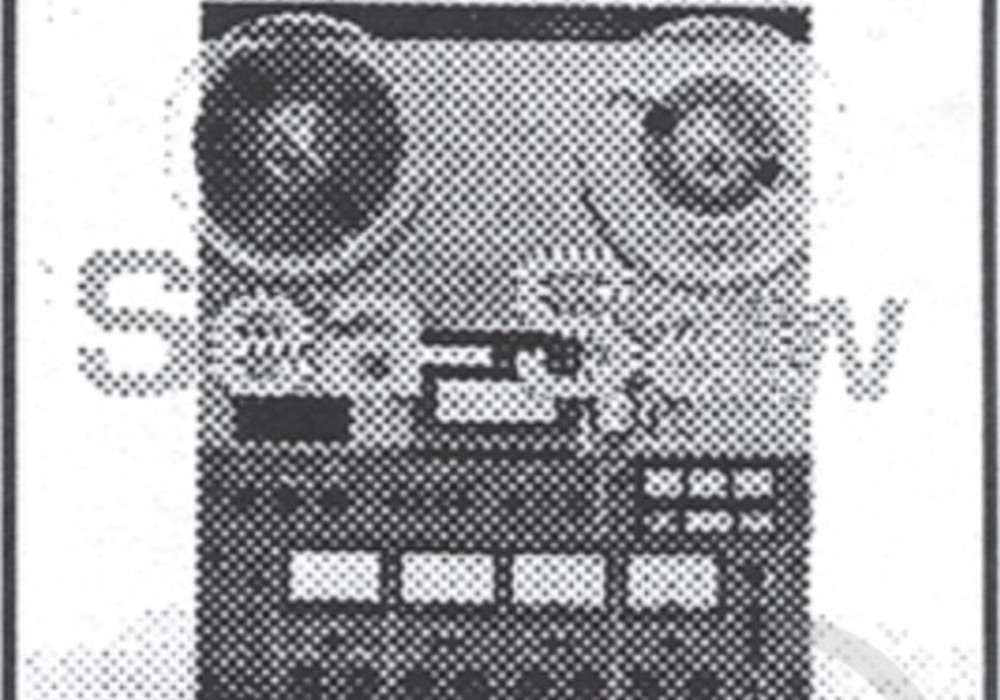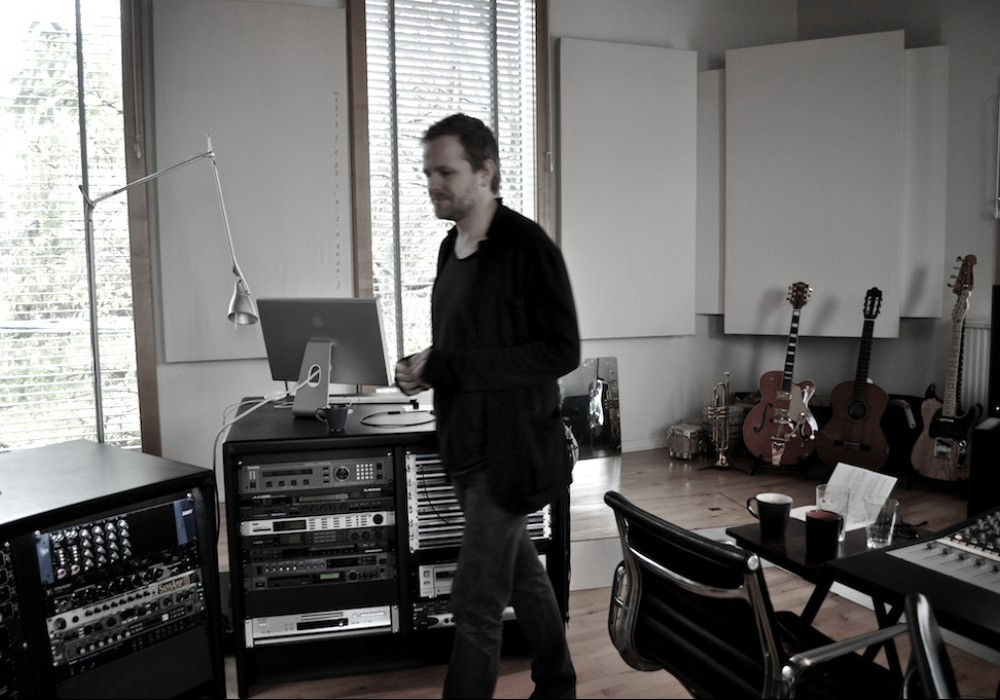Years ago, before they hired (Tape Op contributor) Chris Koltay to tour with them, I mixed the band Deerhunter at a festival. Afterward I went to find the band and say hello. Lead singer and guitarist Bradford Cox came right up to me and said, "Dude! You turned up my guitar for the solos! I could hear it from the stage! Nobody knows to do that. Thank you!" It seemed so obvious to me, I couldn't understand how somebody would not do that. A few years after that I noticed another live sound engineer, mixing a Latin band, had a VCA group [voltage controlled amplifier] labeled "VAMP." He explained to me that the VCA had everything except the vocals in it. That way when the vocalist stepped away from the mic, and the band started to vamp, he would push the whole band louder to fill the void. Here was something just as obvious as turning up a guitar solo, and it had never occurred to me. The point is, when listening to popular forms of music, we generally want the music to consistently fill up about the same amount of space. When James Brown counts to four on "Funky Drummer," so everyone could "lay out and let the drummer go," Clyde Stubblefield does play a little bit harder, but the mix engineer also clearly turns him up right when the band drops out, and, correctly, doesn't turn him down until after the second beat when the band comes back in.
What the hell am I even talking about? Back to Loudness Metering...
When television shows are mixed, it is common practice to have a loudness meter (metering the mix bus) visible at all times. The mixer constantly watches to make sure the mix is sitting around -23 LUFS (loudness units relative to full scale). Of course, with television, the vast majority of your LUFS allowance is going to be blown on dialog. So really, the meter is mostly telling the mixer if the dialog is at a consistent level (for example, whispered dialog shouldn't actually be quieter than spoken dialog as the timbre conveys the concept to the audience). If a scene has an extended music passage without dialog, the level that music often sits at is – you guessed it – about -23 LUFS.
Mixing music is different, of course; but for a conventional song, the focal element at any given point in the song is at the same level. The most obvious example is an instrumental solo that replaces the lead vocal for a verse. If you've got your mix with the vocals hovering at -14 LUFS, and most elements remain the same, you can turn up the solo instrument until you get back to -14 and you'll probably have a pretty good mix. An instrumental intro usually works out in a similar manner. This is why I started to mix music with a loudness meter across the master bus. My monitor volume is already set (see "Monitor at a Consistent Volume When Mixing" in Tape Op #121), so I can be pretty sure – just by turning things up until they sound right – that my mix will be sitting close to the magic -14 LUFS without even looking. But the loudness meter helps me ensure that different parts of the same song are somewhere close to one another.
But what if you don't want the volumes to be close to each other? Even if you're mixing a song that is purposefully loud/quiet/loud, the loud parts all probably want to be about the same loudness, and the same for the quiet parts. Looking quickly at Spiritualized's "All of My Thoughts," the three quiet sections all average around -14 LUFS, and both loud sections averaging around -7 LUFS. The whole song averages about -11 LUFS, which means any streaming service will probably offset the playback by about -3 dB.
Whether you like it or not, the overall average for your entire song will end up at -14 LUFS. Having a loudness meter helps you 'hear' this reality. So, mix with dynamics, but make your mix even better by being aware of the fact that if you have a massive, loud, 64-bar, full-band outro, the front part of the song, which is just voice and piano, will get turned down to inaudibility if you don't build your mix to account for it. See you in the sweet spot! 
